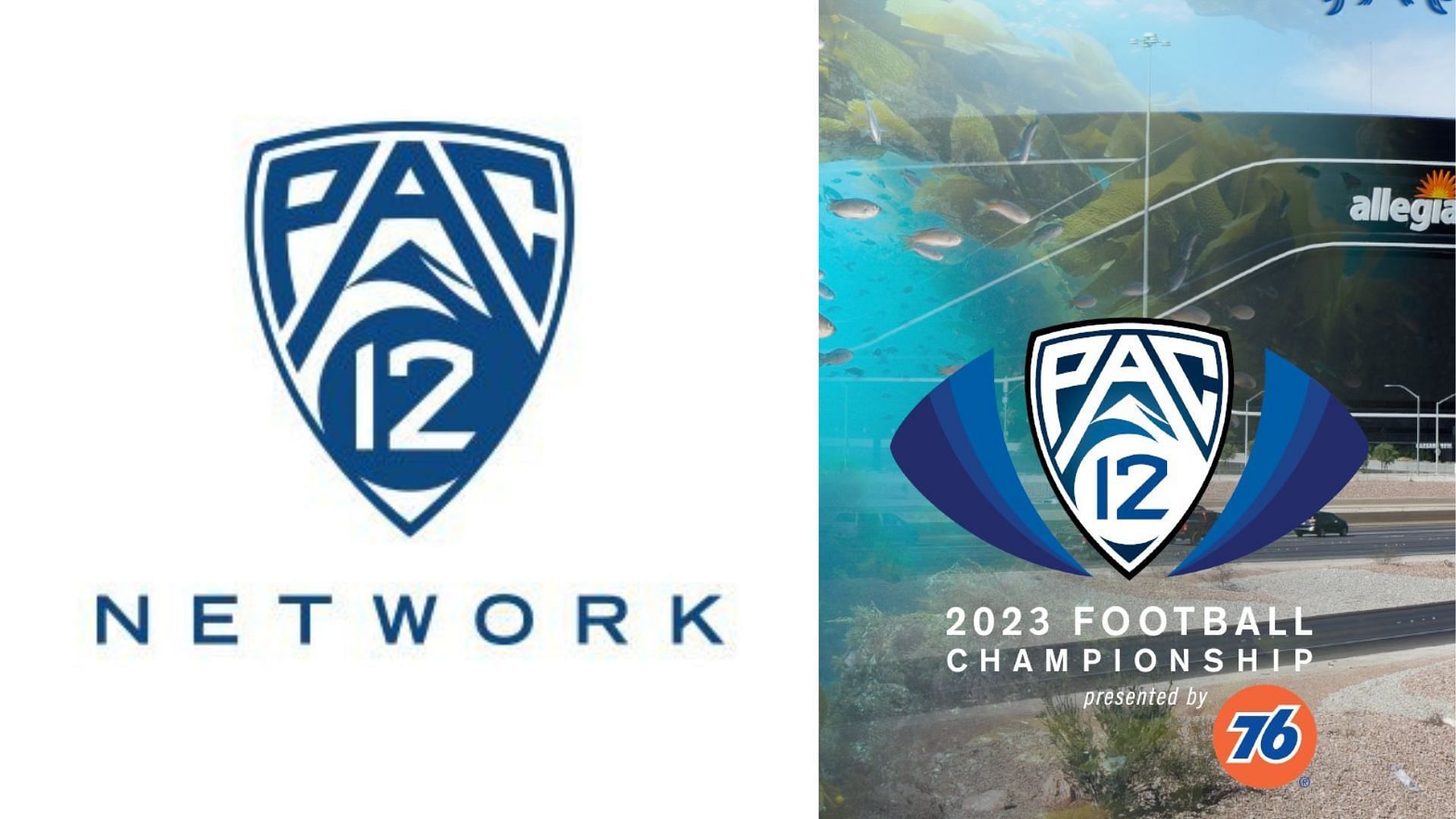
Pac-12 to officially go dark on June 30 as conference realignment rips FBS powerhouse over failed media rights deal
The Pac-12 conference is now officially dead. On June 30, Pac-12 Networks, the television network associated with the conference, will go dead, ending what has been 12 years of providing television coverage of the historic conference.
The shutdown of the network was revealed on Thursday in an email, which read:
"Pac-12 Networks will end its signal for its seven linear television channels on June 30 at midnight. We will no longer broadcast or program these seven linear TV channels."
The death and eventual shutdown of Pac-12 Networks was a long time coming. Ever since the majority of the conference teams announced their departure from the conference, the Pac-12 was seen as "walking wounded."
In May, the network gave out its final live broadcast, a baseball game between Arizona and Stanford. Since then, there have been no major games being played in the Pac-12. The network will officially stop broadcasting tonight.
Read More: WATCH: Pac-12 Network signs off for the last time with Roxy Bernstein's emotional farewell message
What killed Pac-12 Networks?
Pac-12 Networks never had the right level of exposure when compared to its rivals. The network had 12.4 million subscribers last year. This could be seen as a lot for a specialist television network, but the SEC network had 46.4 million subscribers, and the Big Ten Network had 43.8 million in the same period. That is nearly four times as many.
But it wasn't just viewership that Pac-12 Networks struggled with. For the last few years, the Pac-12 was aiming to sign a new media rights deal. When the network launched in 2012, it signed a 12-year partnership with ESPN and Fox Sports. This allowed the network to have some of its games shown to a national audience, which may have given a minor boost to the subscriber count.
However, when this deal was up for renewal, the Pac-12 struggled to find broadcasters. This was paired with the changing environment of college football, in which teams were leaving conferences to earn more revenue from broadcast deals in other conferences.
This trend was started by the Texas Longhorns. Then the Oklahoma Sooners announced their intention to join the SEC. Soon, every Pac-12 program was threatening to leave if an adequate media deal was not signed.
The deal never came, and the exodus of the programs followed. The Pac-12 now only has two programs, Oregon State and Washington State, and serves as a reminder that the world of college football (and sports in general) has shifted into a business, where leagues have to make enough money for its members to be happy.